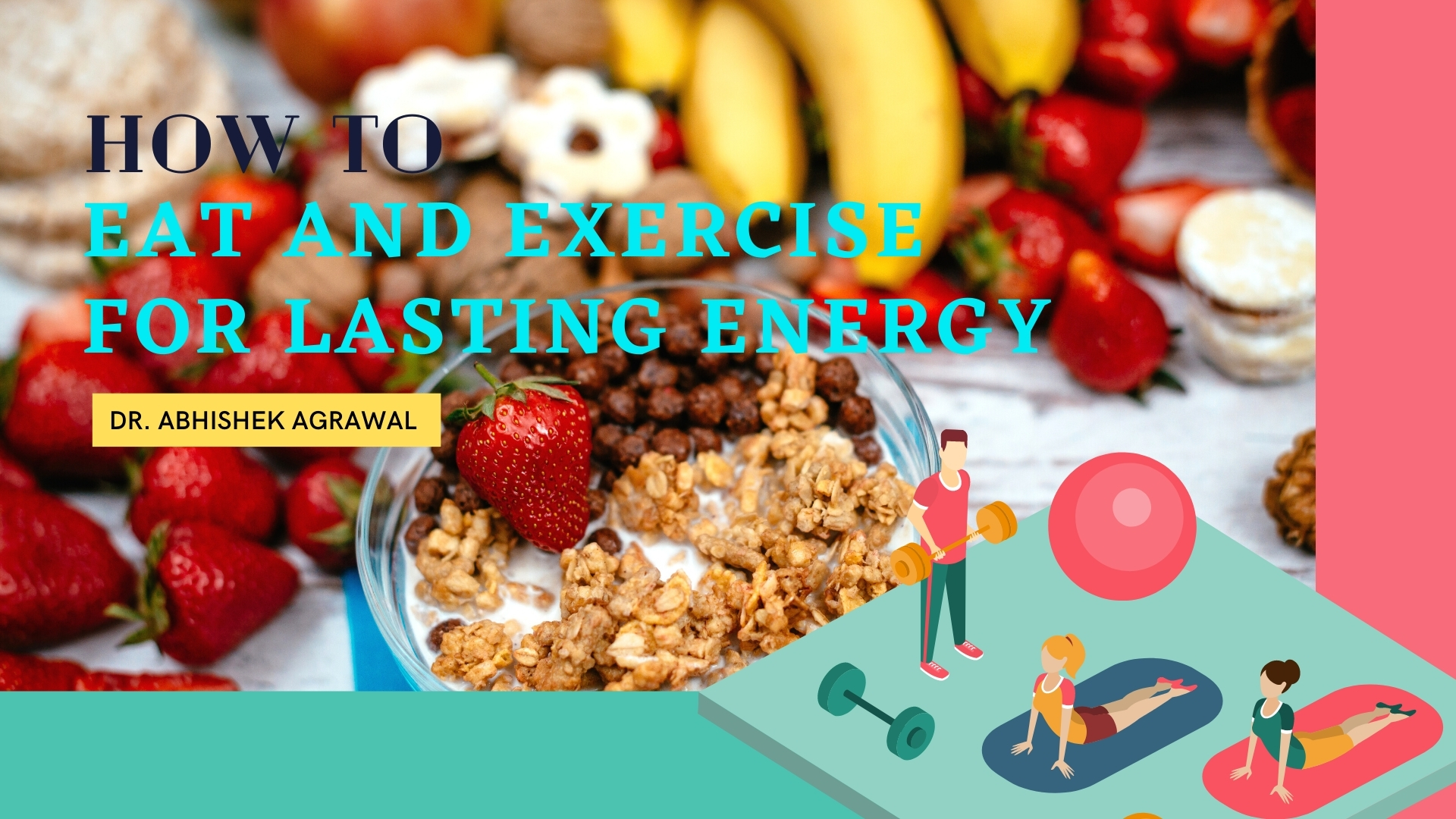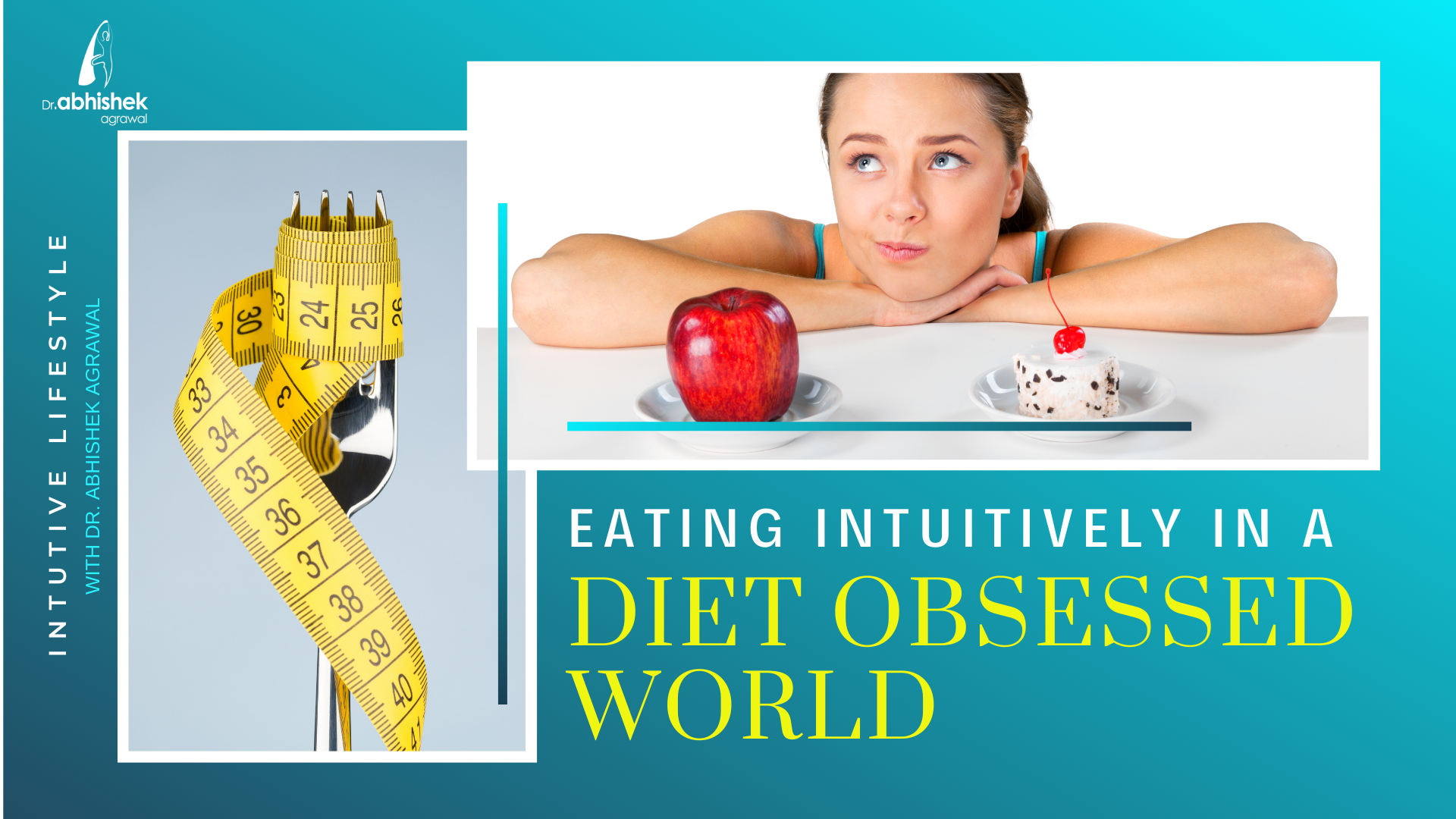I am Dr. Abhishek, a naturopath with over 15 years of practicing and teaching Yoga, Pilates and mindful exercises. I have this incredible talent to help you break free from pains and limitations, improve your posture and body awareness so you can live mindful life.
I believe that our body is a complex machine and we need to deal with it in the Holistic Way.
In this article, I will try to highlight a few practical ways to manage chronic pains. And If you are suffering from chronic pains and physical limitations, you are definitely going to read this.
The Pain affects everyone in one way or another. The acute pain tends to resolve in a short time but has a sharp, aching sensation associated with it. On the other hand, the chronic pain is usually a dull and throbbing ache that could last for more than six months.
All pain starts as acute pain, in the form of injury, bad posture, or repeated movements and if not treated during the early onset, it can become chronic. Chronic pain affects a person’s everyday life without them realising it.
And most people, who suffer from chronic pain, have a reduced ability to function normally and the optimal efficiency of their work and duties are significantly reduced.
Chronic pain is also linked to depression, anxiety, and sleeping disorders, and may even reduce that person’s ability to stay normal. And, some chronic pains like arthritis, could inhibit mobility and flexibility. This results in a loss of contact with friends or families because you only wants to stay home and be left alone.
You may also have difficulty walking or carrying things which make you feel like a burden because you need to rely on other people. Plus you are unable to perform activities that you took for granted, such as running, dancing, or maintaining personal hygiene. And, in long term some conditions could even cause constipation or incontinence.
Therefore, it is crucial to properly manage your pain to be able to restore the quality of your life and your loved ones who are suffering from chronic pain, and not be restrained by the pain that can cause disability.
Often the feeling and sensation of pain is the sign that there is an ongoing inflammation and may be due to arthritis, sprains, headaches, lower back issues, and so on.
Proper treatment and plans are necessary to combat the chronic pains. I mean, How long can someone rely on Painkillers? Plus, the painkillers are not the only way to tackle pain, and the good ones are costly.
I am sure you have herd this before, but its so true that, by making changes in your lifestyle, you can be free from the pain in the long term. The three major changes required to be successful in dealing with these inflammatory pains are;
- Changing your diets,
- Restoring natural body heat, and
- Proper exercise.
Changing diet, sounds simple but it’s more complicated than that. It requires a proper evaluation of your current intake of nutrient rich food.
Most researches have proved that antioxidants are known to reduce inflammation. Antioxidants can be found in deep-coloured fruits and vegetables such as blueberries, prunes, pomegranates, blackberries, strawberries, raspberries, kale, spinach, Brussels sprouts, red beans, and kidney beans.
Besides that, other good sources of antioxidants are spices and herbs such as cinnamon, oregano, turmeric, parsley, basil, and curry powder. By incorporating foods rich in antioxidants into your diet, you can reduce pain without relying on painkillers.
A diet compromising of salmon, olive oil, and flaxseed oil is rich in Omega-3 fatty acids, which are good for cholesterol levels and reducing inflammation.
Drinking hot liquids such as hot herbal teas with peppermint or wintergreen, and hot ginger tea with honey can help expel excess wind from the stomach and restore heat to the body.
Exercising is also good for the body and improves limb function. Muscles work as shock absorbers. By doing yoga, pilates on mat or reformer and strengthening exercises, they help the body to combat pain. However, a customised exercises regimen must be done regularly to get positive results.
It is essential to be able to accept pain as a part of your life that needs to be addressed before combating it. It is not impossible to get rid of the pain. With determination, making slight changes in your lifestyle, incorporating the right mindset, and genuine support from us, you will be able to overcome anything, including pain.
Until we meet, try to take charge of your pain today with these 10 simple steps:
- Keep yourself hydrated as dehydration can aggravate the symptoms of chronic conditions such as headaches and back pain. Drink loads of water! By drinking eight glasses of water a day, you are taking a simple step to keep your body hydrated, and it will thank you for that. Chronic pain tends to get worse when the body does not have enough water. It is best to avoid coffee, soda, or tea as they have diuretic effects that can cause dehydration.
- Load your body with nutritious foods that can help combat pain and reduce fatigue. Consume lots of leafy greens, foods with Omega3 fatty acids, asparagus, low-sugar fruits such as cherries, pineapples, plums, cranberries, and soy products. They can help alleviate pain and alkalinize your body to make it less acidic. These foods help to increase chronic pain resistance and are also fatigue busters.
- Avoid processed foods and foods containing chemicals that can increase inflammation such as dairy, chocolate, eggs, citrus fruits, high fat red meat, coffee, tea, sodas, red wine.
- Incorporate turmeric when you are cooking and take a Curcumin supplement. Originating from India, this brightly coloured spice is used for cooking delicious foods, while having anti-inflammatory properties. Turmeric contains Curcumin and has been used for centuries to treat many health ailments such as chronic pain. It is a natural pain reliever without harming the liver or the kidneys.
- Keep a positive outlook. Thinking positively will help you to overcome blocks and lessen the pain you are feeling.
- Try to incorporate a form of exercise into your daily life. Exercise is beneficial by strengthening the body and increasing blood flow. Start with simple exercises or learn yoga to increase strength and flexibility. Yoga can calm the mind and reduce the stress caused by pain. You can also try pilates on mat or reformer it has low impact on your joints and will help you strengthen your core.
- Distract yourself with activities that are not stressful such as listening to music, watching movies, and so on. It is vital to engage in activities that make you feel good. Humans are not able to work all the time. It is crucial to have a hobby that you enjoy and allow yourself time to engage in the hobby to distract yourself from the stress. By doing something that makes you feel good, you are indirectly releasing endorphins, which can reduce pain.
- Maintain a proper posture. Being in a C-slump, which is a bend back with the head in front of the spine, can impair nerve and blood flow. It is best to keep a straight back with your head resting on top of your spine. Remember, you are not a question mark. This can help prevent strain on your back and neck muscles. It is important to have a good posture not just to give a good impression to other people, but also for your health. Book a free consultation with Dr Abhishek to screen your posture and analyse functional movement patterns.
- Discuss your pain with a specialist. You may be able to find solutions to problems that cause your stress and helpful coping skills. Keep a diary that can help you keep track of your pain and record down medications that can help you and any adverse effects you experience while taking them. This can help you to be in more control of your pain. Book a free consultation with Dr Abhishek to make lifestyle changes by drawing a clear path through journaling for pain.
- Take rest whenever you feel pain. Pain could be an indication of the body telling you to stop overworking yourself. Sleeping is one of the ways for the body to rest and regenerate itself. By depriving the body of it, it will have low resistance towards pain.
The pain could occur with no apparent reason which puzzles prescribers and patients. It is important to bear in mind that chronic pain cannot be treated in one quick solution but needs an extensive personalised plan to manage.
So be patient!
Thank you for reading.
If you are suffering from pain please click here to book a free consultation and assessment session.



 2. Light A Candle. Lighting a candle is an effective way to practice mindfulness and meditation if you take the time to sit with it and watch it. Fire is one of the most fundamental aspects of nature. It reminds us of being strong and powerful and also peaceful and ever-changing. You can light a candle and sit calmly in front of it and enjoy its presence. Watching a flame flicker can be incredibly calming.
2. Light A Candle. Lighting a candle is an effective way to practice mindfulness and meditation if you take the time to sit with it and watch it. Fire is one of the most fundamental aspects of nature. It reminds us of being strong and powerful and also peaceful and ever-changing. You can light a candle and sit calmly in front of it and enjoy its presence. Watching a flame flicker can be incredibly calming.










